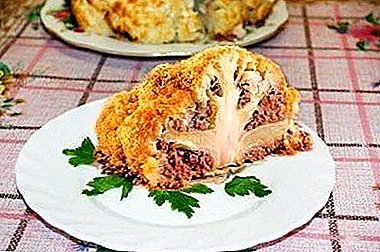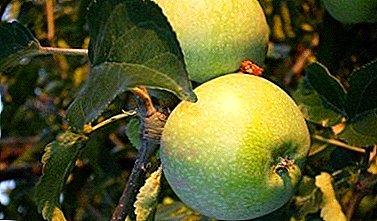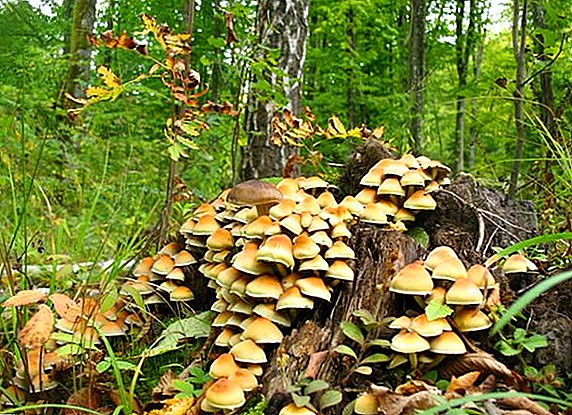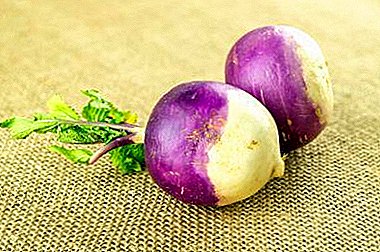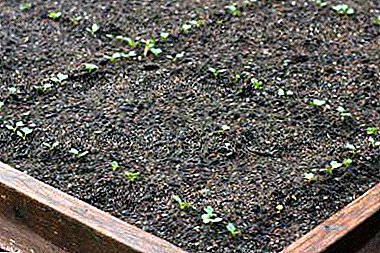
Guinea fowl is already a domesticated bird.
Africa is the birthplace of this animal.
In ancient times, they were brought to the territory of modern Europe.
Re-guinea fowl appeared on our territory in the 15th century.
Since then, they are bred as poultry around the world.
Despite the fact that these birds were originally bred in warm countries, they quickly become accustomed to the cold climate and domesticated lifestyle.
If you decide to have these birds in your area or on your farm, then you should explore some of the features associated with these birds.

In the matter of choosing young birds, the most important thing is the conditions in which the guinea fowls were bred.
As for the content, everything is simple. Guinea fowl are unpretentious birdstherefore, the content is similar to laying hens. It is for this reason that guinea fowls can be placed in a shed that looks like a chicken coop.
Previously, the floor should be covered with straw or sawdust for insulation, although these birds are not particularly fanciful to the temperature. Do not use material that has become damp or moldy, as birds can get Aspergillosis.
Per 1 sq.m. should account for 2 - 3 guinea fowls. As in the chicken coop, you need to fix the bars on which guinea fowls will spend the night. But in this case the perches should not be fixed very high, at a height of about 50 cm from the floor.
If rearing of guinea fowls begins with young stock, then the smaller the birds, the more temperature they need. The best indicators are considered to be 18 ... 22 ° C, and the air humidity should be in the range of 65 - 67%. If the temperature is below normal, the birds will be crowded.

If guinea fowl is hot, then they become very lethargic, they drink a lot of water and almost do not eat. The length of daylight also depends on the age of the birds. The younger the bird, the less light it needs.
Guinea fowl will lay eggs when they are exposed to light for 16 hours.
With the onset of winter, if you decide to leave the birds for another year, you will need to slightly change the house. First of all, should to warm the floor, namely, put under the litter, for example, foam, and from above you will need to sketch straw or sawdust.
It is necessary to close all the cracks so that drafts do not "walk" in the house.
You should also remember about the required amount of light, that is, you will need to equip additional lighting in the form of incandescent lamps. The room should be ventilated very well at any time of the year, so it’s best to make a vent under the roof for the pipe where fresh air will flow.

When the temperature is set high enough, you should think about a place for walking these birds. There should be a lot of space, there should be shrubs and grass in the territory so that guinea fowls feel as comfortable as possible.
On 1 head should fall on 30 sq.m. pasture area. The whole territory of walking is to be protected with a net or fence with a height of at least 2 meters so that no bird can fly over the fence.
When it starts to get dark, you need to drive all the birds into the room from which they should be released no less than 6 hours after they have eaten in the morning.
If the birds survived the winter together, they will get used to each other and will stick together in a common flock while walking.

Guinea fowl in the wild are kept in pairs. It is not necessary to create such conditions for home keeping, since one male will be enough for 3 to 4 females.
Guinea fowl are very noisy birds.so they need time to get used to you. When a stranger or another animal appears, they will begin to emit an extremely unpleasant, heart-rending cry, so irritably will need to be removed immediately.
Also, guinea fowls get along very badly with other animals from the farm, so it will be better to isolate these birds from all other households.
By eating guinea fowls unpretentious. An adult bird will gladly eat food waste, potatoes, beets, cereals, carrots and chopped green grass.
In the diet and composition of feed, guinea fowls look like layers, so if you have chickens, then you should not even bother about the special feed for guinea fowls.
When females start laying eggs, then the protein component will need to be added to the feed. During the walk, the birds will eat various insects, such as snails and earthworms. If you decide to walk your guinea fowl in the garden, then do not worry about the safety of the beds. These birds can only harm cabbage, but the potatoes will only be helped by eating the Colorado beetles.
The number of meals at guinea fowls should be no more than 3 times per day.

Guinea fowl females are very bad mothers.therefore, incubators are used for hatching, or they lay eggs under chickens.
For incubator breeding, you need to use eggs that were laid by females at 34 weeks of age. Each egg will need to be enlightened through the ovoscope. The air chamber should be placed in the region of the blunt end of the egg, and its diameter should be no more than 1.2 cm.
Egg will need a little twist in your hand and look at the yolk. It should be fixed in the central part of the egg or slightly away from the central axis.
Before you put the eggs in the incubator, they can be stored no more than a week at a temperature of 8 ... 12 ° C and humidity of 75 - 80%. Keep them upside down, that is, with a blunt end to the top.
The weight of each egg that you want to put in the incubator should be between 38 and 52 g. You should throw away eggs that have acquired an irregular shape, with defective yolk, shell, or the air chamber. Before laying eggs in the incubator, disinfect with formaldehyde vapors. Incubation mode consists of three periods.

First stage - This is the period from the 1st to the 13th day after the eggs were laid in the incubator, the temperature should be maintained at 37.8 ° C, and the humidity should be within 58-62%.
Second phase - 14-24th day, temperature conditions should be kept at around 37.5 ° С, and humidity should be reduced to 45 - 50%.
After the end of the second period, all eggs must be checked on the ovoscope. If inside all the space is filled with blood vessels, then this egg is subject to subsequent incubation.
All this "material" must be placed in trays and transferred to the hatcher. In this cupboard, eggs must be kept until the dukes begin to peck at the shell.
The temperature should not drop below 37.0-37.2 ° C, and the humidity should be equal to 58%. When the eggs are already naklyutnymi, then the humidity should be raised to a level of 96%. The duration of the incubation period is 27 days.
It is also interesting to read about turkey breeding.

As for the content of young birds, the problem can arise only in temperature. Chicks aged 1–3 days should be kept indoors with a temperature of 35–36 ° C, from the 4th to 10th day the temperature should be lowered to 34–30 ° C, and from the 11th to the 20th day the temperature will be optimal at 30 27 ° C.
Further, the conditions for the little chickens should be the same as for adult birds.
The first thing you need to feed the chicks. Up to 2 months they need feed 5 times a day, and later they get transferred to 3 - 4 meals a day.
The food of the royal birds almost coincides with the feed of the chickens, but it should have more protein, so you should add chopped eggs, some cottage cheese, and sifted corn or wheat cereals to the feed.
Like the chickens, young chickens need additional vitamins, so you need to pour chopped chalk or rubbed eggshell from a separate trough. Also on the body of young birds will be well affected by fresh greens.
Guinea fowls do not differ much from chickens and roosters in the matter of keeping and breeding, so if there are chickens in your farm, then you will definitely cope with guinea fowls.




